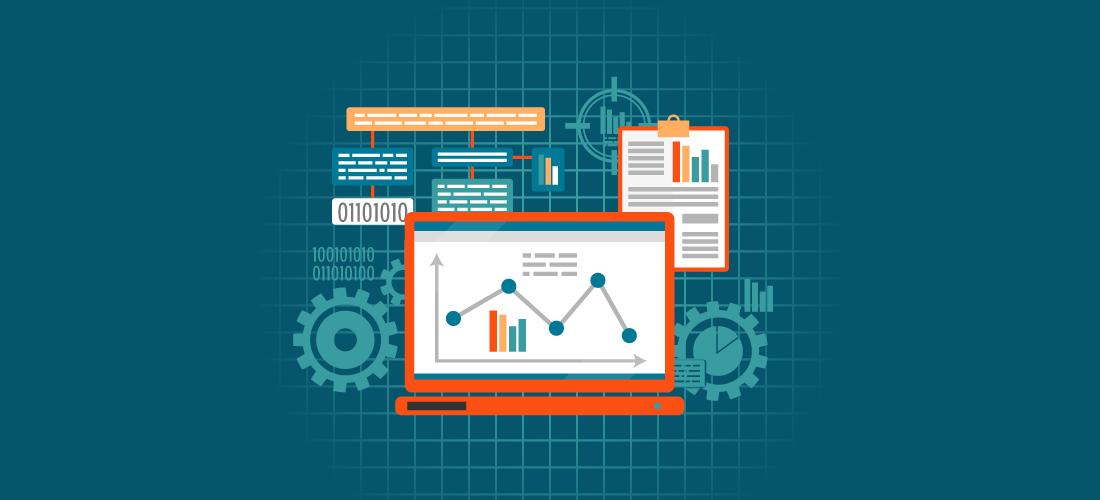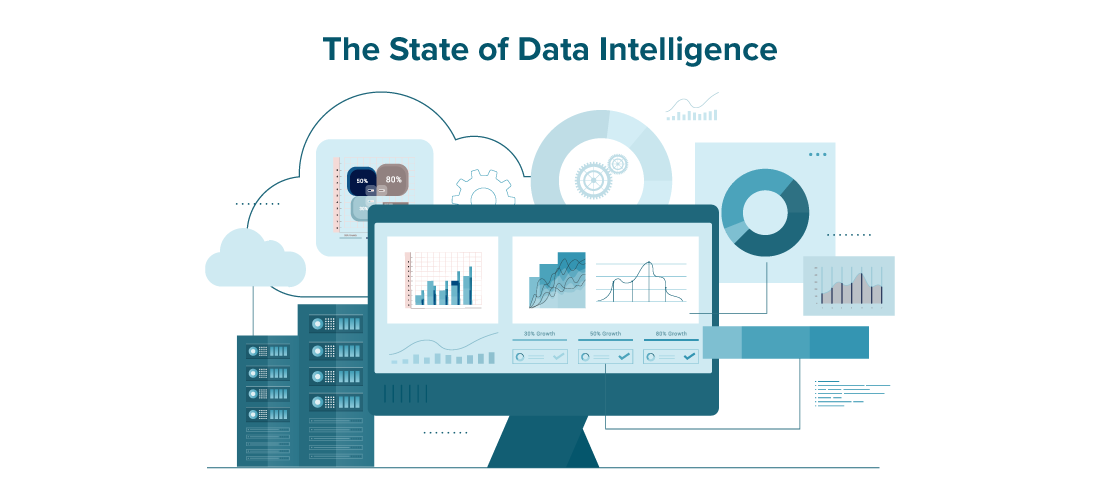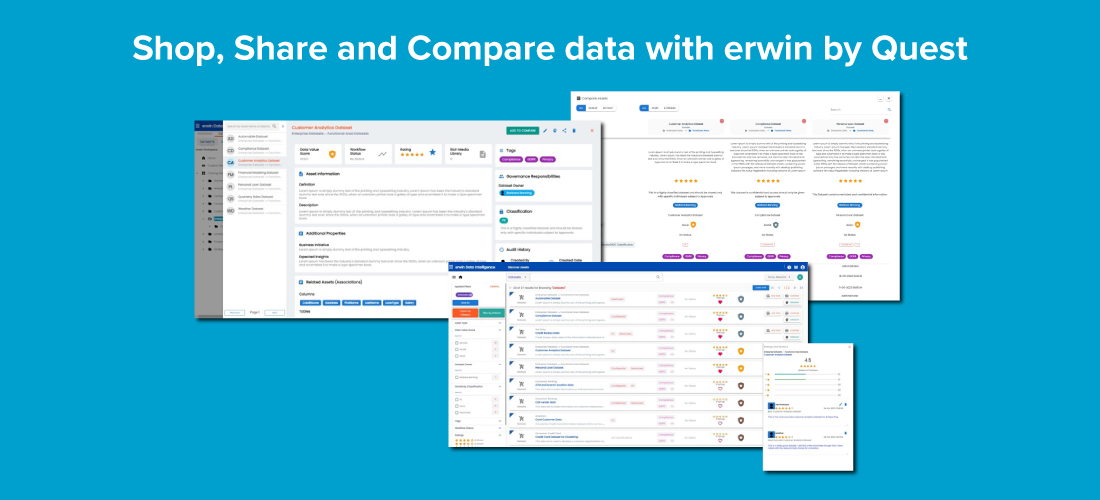What is a data product?
What is a data product?
What is data as a product and how is it different from data products?
What are some examples of data products?
What are the benefits of taking a product approach to data?
Taking a product approach to data can produce many benefits for your organization. At a high-level, data products can yield cost savings, accelerate business insights and generate economic benefits via data monetization efforts.
Increase efficiency and reduce costs: By applying a product management discipline to data architecture, data sourcing, and data use and reuse practices, companies can unlock significant savings. Additionally, organizations may save money not only by increasing efficiency and performance in data management, but also by enabling data users to identify possible cost savings and streamline their analysis and decision-making processes.
Accelerate time-to-insight: By managing data like a consumer product, companies can accelerate the realization of value from their data investments. Data products provide high-quality, ready-to-use trusted data assets that people across an organization can easily access and apply to different business challenges while avoiding the time to search for data, process or prepare it into the right format, or start from the beginning in creating custom datasets and data pipelines.
Monetize data: Organizations can use data products internally or externally to generate quantifiable economic benefits. Data products are used internally for improving process performance, reducing risk, better satisfying customers, improving partner relationships and developing new products and markets. Data products can be shared externally for bartering and trading data, using it to enhance existing products or services, licensing it directly and selling market insights.
What is data mesh and how does data as a product relate to it?
Data mesh is a way of thinking about data that is built on a distributed architecture for data management. Cross-domain communication is critical to the success of the data mesh strategy. The objective is to connect data owners, data producers, and data consumers to make data more accessible and usable to business users.
The four principles of the data mesh approach are summarized here:
Domain ownership: This principle is that analytical data should be owned by the people who understand that data the best. This is normally the source of the data or the primary users of the data and results in a decentralized approach to data management.
Data as a product: Building upon the decentralized ownership of data is the concept of having the domain owners, the ones who know this data the best, approach managing data as a product. This is an effort to increase data quality, make the most of in-house data and guarantee data products can yield value immediately and continuously.
Self-serve data platform: This principle is about deploying a self-service data platform that enables cross-functional domain teams to share data. The platform streamlines the data sharing process, from source to consumer. It simplifies the experience of data providers in building, deploying, and maintaining data products, as well as the experience of data consumers in discovering, accessing, and using data products.
Federated computational governance: This principle promotes a federated governance model that enables data producers and consumers to collaborate and govern data in a decentralized and autonomous manner. It allows global standards and policies to be implemented across domains while still allowing domains flexibility in how those rules and standards are applied inside their own domain.
What are the key attributes of a data product?
Successful data products possess a variety of different characteristics. Here are some of the key attributes:
Accessible: Users should be able to easily access the data product using consumer-friendly tools.
Addressable: A data product should be accessible in a consistent location that allows users to repeatedly access it to ensure reproducibility and ease of interaction.
Discoverable: Data products should be searchable and easy to find. Ideally, they should be published in a catalog or online data marketplace where users can explore and locate them.
Interoperable: Data products should be able to be combined easily with standardized metadata and types that promote data harmonization across different domains and establish enterprise-wide data interoperability.
Secure: A data product should protect sensitive information, maintain trust, and prevent unauthorized access.
Trustworthy: Data products should adhere to approved data product service-level objectives, including interval of change, timeliness, completeness, freshness, availability, performance, and lineage.
Valuable: A data product should produce meaningful outcomes and drive informed decisions.
What capabilities are needed to develop data products?
A foundational first step to successfully developing data products is to ensure your organization has the data maturity capabilities in place to properly design, implement, share and maintain them.
A proven data maturity approach or model will assist you in evaluating your current capabilities. It also will provide a roadmap of where to focus your efforts and resources to achieve rapid and progressive ROI as you seek to maximize the value of your data and deliver data products.
For guidance on evaluating and evolving your data maturity, see our article “Building data maturity: 7 steps to achieve data maturity and maximize data value.”
How can you fast-track a focus on data product delivery in your data maturity efforts?
While a data maturity model like erwin’s 7-step model can be followed sequentially to gain a comprehensive set of data modeling, data quality and data intelligence capabilities, different organizations will prioritize different data maturity use cases at different times. For instance, achieving data landscape visibility through data lineage may be most important for some while improving data quality may be most important for others, etc.
For companies wanting to tackle a data as a product use case, data product delivery can be fast-tracked through these four model to marketplace steps:
- Model: Structurally collect the business requirements for the data product by developing conceptual, logical and physical models.
- Map: Map the relationships between the data stores and generate source-to-target data mappings and the ETL code to gather data.
- Curate: Catalog and enrich the data with business and organizational context to tie it back to business value.
- Shop & Share: Leverage a self-service data marketplace to expand the visibility of high-value, trusted data and get new governed data products into the hands of data consumers faster.
A model to marketplace approach to data product delivery enables organizations to quickly deliver data assets that directly respond to the current requests and needs of the business. It is designed to remedy the challenges of a traditional software development lifecycle, which typically involves many handoffs, lengthy delivery timelines and often results in business needs changing before the original data request can be answered.
A model to marketplace approach puts the business user in the driver’s seat of the data product to be delivered. Business requirements are first captured using data modeling [Step1: Model], then shared with data intelligence software that will then be used to yield where the data is sourced, the data rules to be adhered to, related data assets to be packaged within the new data product, and the business rules and business context (purpose, expected insights, assigned data owner) for its use [Step 2 and 3: Map & Curate]. A well-curated data product is then shared within a governed data marketplace [Step 4: Shop & Share] and can be automatically scored for data value based on its data quality, curation completeness and/or crowd-sourced user ratings, making it easier for other business users to take notice and evaluate its fit for their purpose.
To more fully understand how a model to marketplace approach using data modeling, data intelligence and data marketplaces can help you efficiently deliver data products, watch our webinar “Speeding Data Product Delivery from Model to Marketplace.”
erwin Data Marketplace
How can a data marketplace support the delivery of data products?
Data marketplaces provide one central location to go to for enterprise data and the supporting data literacy detail needed to select the best data for purpose. Data marketplaces make it simple for data users to gain access upon selection, while at the same time ensuring the governance is in place to adhere to your organization’s governance policies and help GRC teams to be audit-ready when needed.
Data marketplaces provide these benefits in support of data products:
- Ensures trusted data is easy to discover in one place
- Quickly points data users to high-value data using visual value indicators based on automated data value scoring
- Efficiently facilitates data requests, reviews and approvals, and data delivery via automated workflows
- Addresses data sharing concerns through data governance and audit trails
- Rapidly advances data product initiatives with pre-built data marketplace offerings
In short, data marketplaces are a one-stop shop for data products.
Blogs

Start to Monetize Your Data with Data Marketplaces and Data Value Scoring

Building data maturity: 7 steps to achieve data maturity and maximize data value

Key findings on the 2023 state of data intelligence

6 data quality best practices to enhance decision making

What is data democratization and why is it important?

